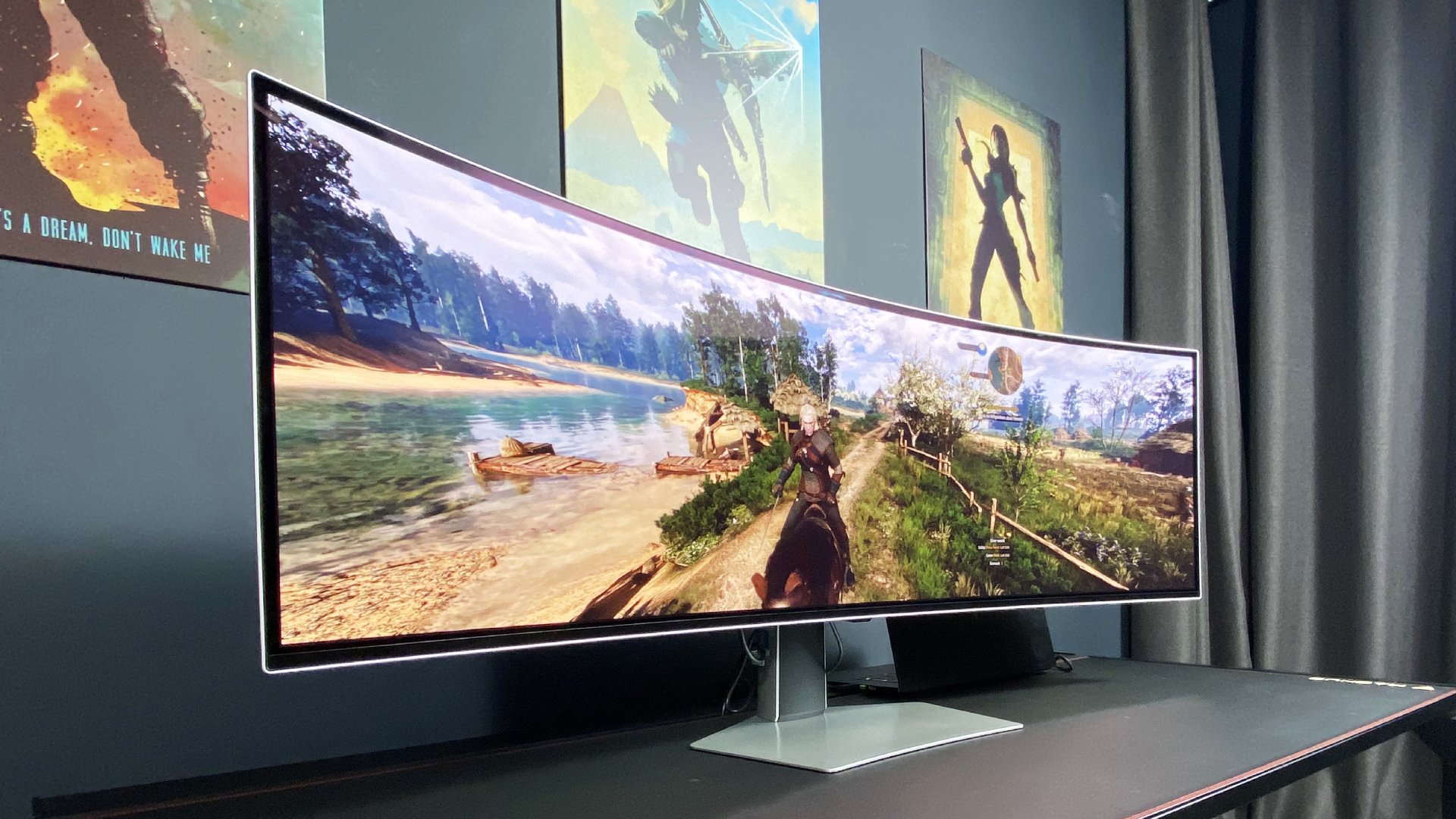The latest HDR standards for PC monitors are still a bit of a kludge
A lot of 'HDR' monitors still won't really be HDR.

The display standards body VESA has rolled out a new 1.2 spec for its DisplayHDR certification regime. The revised Version 1.2 standards add a range of new requirements, but the bottom line is that most so-called HDR-certified monitors still won't actually be HDR capable.
In theory, VESA is slightly raising the bar for what it takes to qualify as an HDR PC monitor. VESA has added requirements for colour fidelity and static contrast, for instance, particularly to the lower tier certification levels. However, the standards still allow for things like monolithic backlighting on LCD panels, which are not the stuff of true HDR performance.
More specifically, the previous DisplayHDR 400 1.1 definition had no requirement for static contrast or DCI-P3 gamut coverage. The new 1.2 version dictates a minimum of 1,300:1 for static contrast and 90% for DCI-P3 coverage.
The former is basically what any half-decent IPS panel will achieve, ditto the 90% DCI-P3. Neither raise the bar much in practice and likewise neither come close to ensuring actual HDR capability.
There are some further tweaks to the definition around colour accuracy including minimum 8-bit colour, but ultimately a version 1.2 DisplayHDR 400 monitor will still have a monolithic backlight, a peak brightness of around 400 nits and poor black levels. It won't be a true HDR display by any sensible definition of the term "HDR".
Further up the stack, things do get a little more interesting. For instance, the DisplayHDR 600 definition requires a static contrast of 8,000:1. That's far in excess of what any existing LCD panel we know of can achieve. The HDR 1000 tier takes that even higher, with a 30,000:1 requirement. However, HDR 1000 also requires full-array local dimming, enabling that higher contrast.
HDR 600 panels are not required to have full-array dimming, only a few edge-lit zones, so it's not clear what 8,000:1 really means. Given it can't be achieved by the LCD panel itself, it must involve the edge-lit zones, which are very blunt instruments, indeed.
Keep up to date with the most important stories and the best deals, as picked by the PC Gamer team.

Best gaming monitor: Pixel-perfect panels for your PC.
Best high refresh rate monitor: Screaming quick.
Best 4K monitor for gaming: When only high-res will do.
Best 4K TV for gaming: Big-screen 4K gaming.
DisplayHDR 1.2 also adds a wide range of further tests, including Black Crush which assesses shadow detail and a new metric that's designed to ensure that displays show SDR content accurately in HDR mode. It's all very welcome, but ultimately none of it really pushes more affordable monitors towards being actual HDR displays.
It's still only HDR 1000 and HDR 1400 that require full-array local dimming. So, the HDR 400, 500 and 600 tiers still aren't actually HDR capable. Indeed, the new 1,300:1 static contrast requirement for HDR 400 very much seems to be reverse engineered based on the reality of what IPS panels are capable of. It's not going to change anything.
At best, then, DisplayHDR version 1.2 will exclude some of the very worst low-fidelity monitors in terms of colour accuracy. In that sense, it will be useful. If you see a cheap HDR 400 version 1.2 panel, you can be fairly confident it's not complete crap. But you can also be certain, somewhat ironically, that the one thing it's not capable of is HDR rendering.

Jeremy has been writing about technology and PCs since the 90nm Netburst era (Google it!) and enjoys nothing more than a serious dissertation on the finer points of monitor input lag and overshoot followed by a forensic examination of advanced lithography. Or maybe he just likes machines that go “ping!” He also has a thing for tennis and cars.

